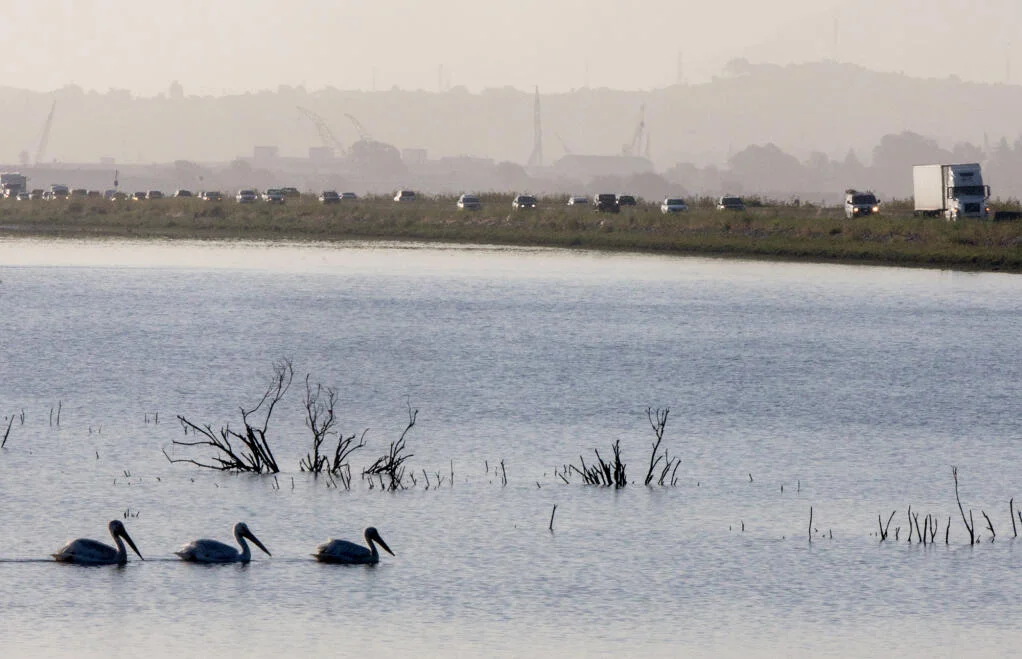
California’s Highway 37 Widening: A Tense Battle Between Wildlife and Commuters
The debate surrounding California's Highway 37 widening has taken center stage, bringing to light a critical intersection of wildlife conservation and commuter needs. Proposed by Assemblymember Lori Wilson, this legislative move aims to ease the notorious traffic congestion experienced by thousands daily, yet it raises urgent questions about the potential harm to endangered species in the region.

The 21-mile stretch of Highway 37 connects vital points through Northern California's scenic wine country, yet it notoriously suffers from intense traffic bottlenecks that extend the commute for around 30,000 to 40,000 motorists daily. With a proposal that could undermine protections for three endangered bird species and a vulnerable mouse species, the stakes are incredibly high.
Assembly Bill 697, championed by Wilson, would allow state highway officials to bypass certain environmental protections while constructing additional lanes on Highway 37, a project that has lingered in the discussion phase for decades. Local residents have long complained about how the project is necessary to combat horrific daily gridlock and provide a more reliable route to work. "When you factor in the commute, they’re automatically down to $13.89,” Wilson stated, highlighting the economic impact on lower-wage workers. Yet, environmental advocates call attention to the cost of sacrificing irreplaceable wildlife habitats.
While local transportation and labor groups support this bill citing the need for immediate action, opposition is fierce from environmental organizations concerned that increasing highway capacity may not only harm wildlife but may also prove ineffective in curbing traffic issues in the long run. Critics argue that building more lanes can exacerbate congestion, leading to a false sense of progress.
Significantly, members of the Native American tribe, Federated Indians of Graton Rancheria, oppose the measure, emphasizing the lack of meaningful tribal consultation and the potential cultural implications of harming local wildlife. Their argument is bolstered by research suggesting that climate change threats, like rising sea levels, could soon render developments on Highway 37 moot.
In a broader sense, this situation encapsulates the eternal struggle between environmental sustainability and infrastructural development. As we push for better transport systems to support growing populations, we must ask ourselves: are we willing to jeopardize natural habitats and the species that depend on them for the sake of a smoother commute? "The longer we continue to delay, the more it impacts people’s lives and the environment," stated Rogers, adding yet another layer to this multifaceted dialogue.
As this legislative battle continues to unfold, one thing is clear: the decisions made today will shape the future landscape of both human and wildlife communities. How should society prioritize progress without forgetting those who cannot voice their needs? We encourage you to share your thoughts in the comments below.